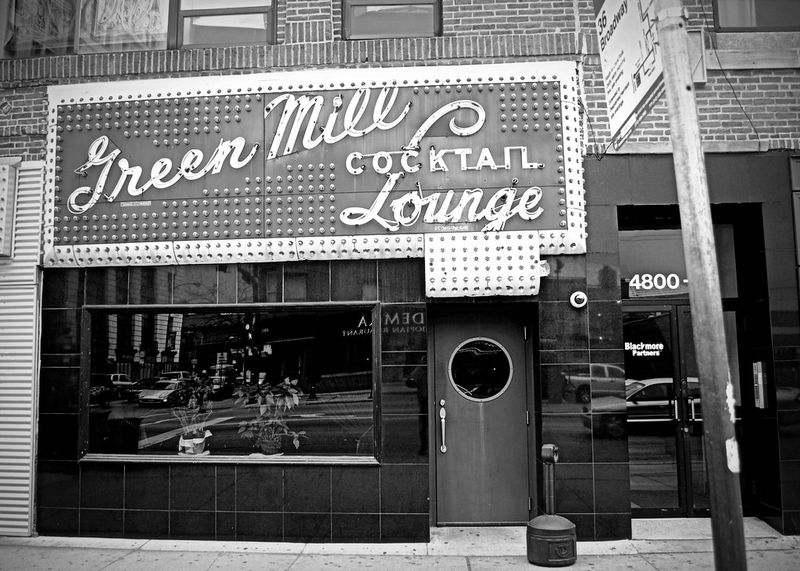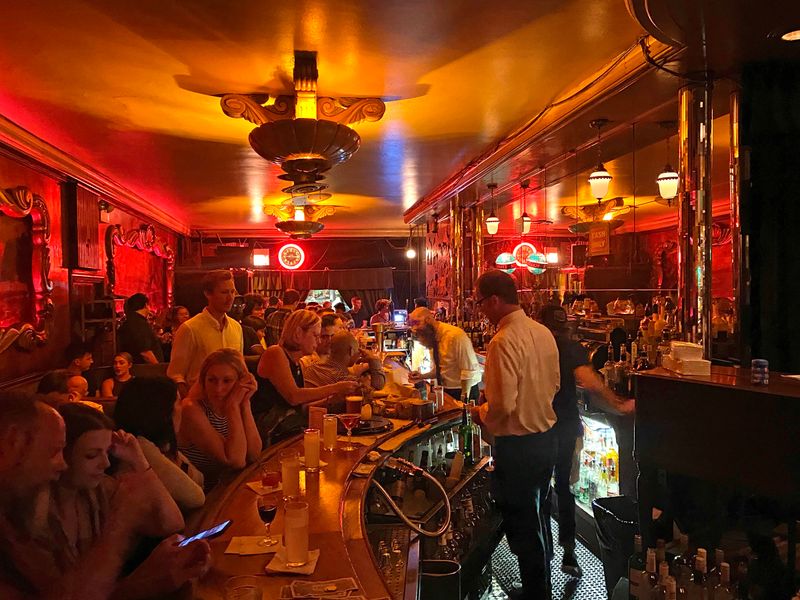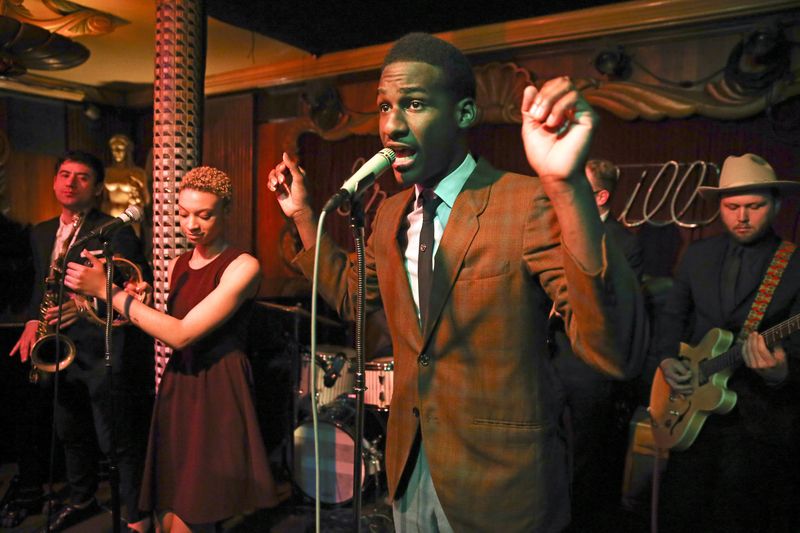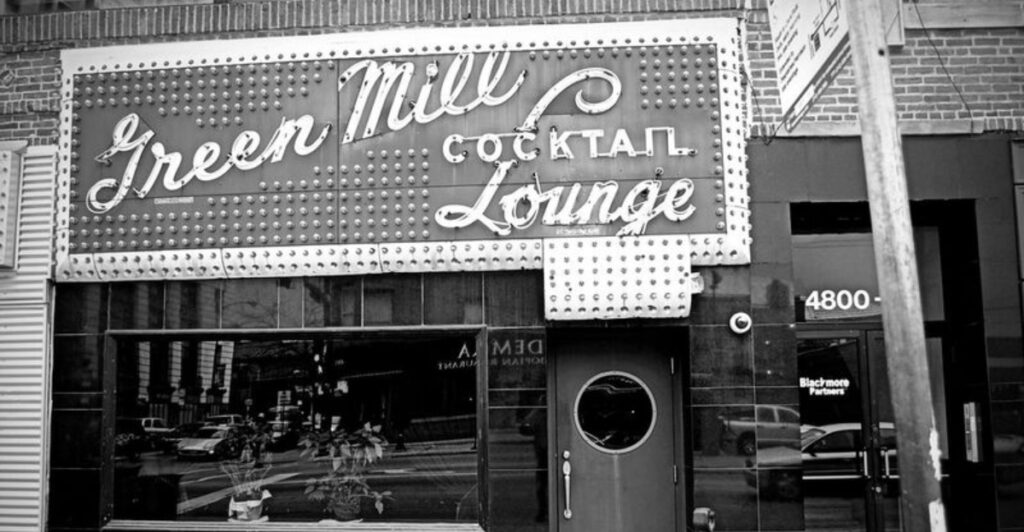Chicago’s Green Mill Cocktail Lounge is more than a bar; it’s a living monument to the city’s tangled history of jazz, underworld intrigue, and reinvention. From its early days as Pop Morse’s Roadhouse to its infamous role in the Prohibition era, the Green Mill has been a witness to dazzling highs and dangerous lows. Today, its neon still glows, drawing revelers and music lovers eager to walk in the footsteps of legends. Explore five fascinating facets of this iconic venue’s story, where every booth and brick echo with secrets of Chicago’s past.
Pop Morse’s Roadhouse Origins (1907)

Pop Morse’s Roadhouse opened in 1907, offering solace and spirits to mourners leaving uptown cemeteries.
The humble establishment was more than a pit stop—it was a neighborhood anchor, its walls alive with whispered stories and laughter echoing under pressed-tin ceilings. Locals relied on the bar as a gathering place, where losses were toasted and friendships cemented.
Before it ever became legendary, the roadhouse was simply a lifeline for everyday Chicagoans. Its atmosphere set the stage for the grand transformations ahead, hinting at the comfort and camaraderie that would remain part of the Green Mill’s DNA.
Green Mill Gardens Transformation (1910s)

What happens when Parisian flair meets Chicago grit? The answer: Green Mill Gardens. In 1910, the bar reinvented itself, donning the vibrant spirit of the Moulin Rouge—only with a trademark Chicago twist, swapping red for green.
This transformation drew diverse crowds, from uptown workers to the city’s bohemians. With a fresh name and expanded entertainment space, the Green Mill became the place for dancing, jazz, and late-night revelry.
Even in its earliest years, the venue was more than just a watering hole. It was a beacon in Uptown, signaling Chicago’s appetite for both elegance and excitement long before the Capone era began.
Capone, McGurn, and Prohibition Power Plays (1920s)

Picture a dimly lit room, jazz floating through the haze, and Al Capone scanning both exits from his favorite booth. During Prohibition, the Green Mill was ground zero for underworld intrigue and illicit deals.
Jack “Machine-Gun” McGurn, Capone’s ruthless enforcer, even became part owner, ensuring the booze flowed through covert tunnels beneath Uptown streets. Tension ran high—an entertainer’s rival leap famously ended in bloodshed, later dramatized by Frank Sinatra in film.
Here, power wasn’t just negotiated in whispers. Every clink of glass, every jazz note, was a backdrop to Chicago’s most notorious plots. The Green Mill’s bones remember, echoing with the secrets of its most infamous patrons.
Jazz Legends and Mobsters Alike

Billie Holiday’s voice soared from the stage while rival mobsters settled old scores just a table away. The Green Mill became Chicago’s jazz cathedral, where legends and outlaws mingled in the glow of neon and cigarette smoke.
Every night was an unpredictable spectacle—Al Jolson or Texas Guinan might steal the spotlight, as crime bosses plotted their next move in shadowy corners. The club’s energy pulsed with both glamour and danger, an intoxicating mix unique to its era.
Rumor has it, some nights ended with quick exits through secret doors. Jazz and subterfuge became intertwined; every note played was a testament to the Green Mill’s magnetic pull on Chicago’s boldest spirits.
1986 Revival and the Legacy Lives On

When Dave Jemilo took over in 1986, he saw not just faded glamour but a mission. He painstakingly refurbished each booth, revived light fixtures, and reinstalled the jazz stage—restoring the Green Mill’s soul.
Jemilo honored the club’s storied past, championing nightly jazz and even reviving a boisterous Sunday poetry slam. Now, the Green Mill draws crowds who cherish both its music and its remarkable history.
The past lingers in every detail, from the setlists to the shadows. Today, the lounge is a living time capsule, a rare blend of vintage allure and creative energy, thriving where Chicago’s history refuses to stay silent.



